Funde
in wintrich
Geschichte
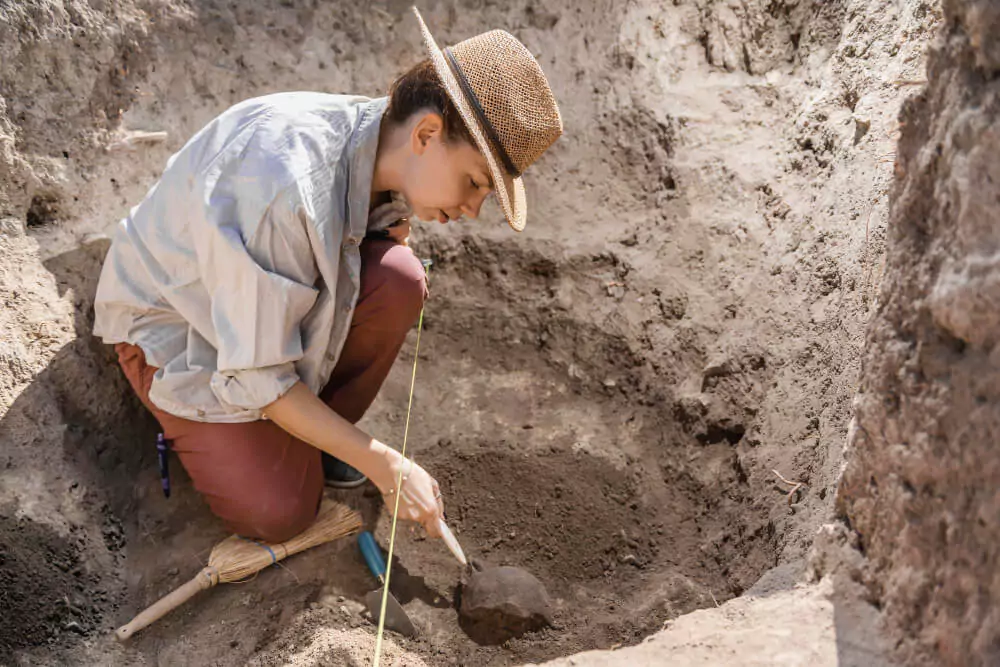
Wintrichs verborgene Schätze
Tauchen Sie ein in die faszinierende Vergangenheit von Wintrich! Archäologische Funde aus der Region enthüllen spannende Geheimnisse und erzählen von längst vergangenen Zeiten. Von römischen Artefakten bis hin zu mittelalterlichen Relikten – entdecken Sie die verborgenen Schätze, die Wintrich zu bieten hat und lassen Sie sich von der Geschichte verzaubern.
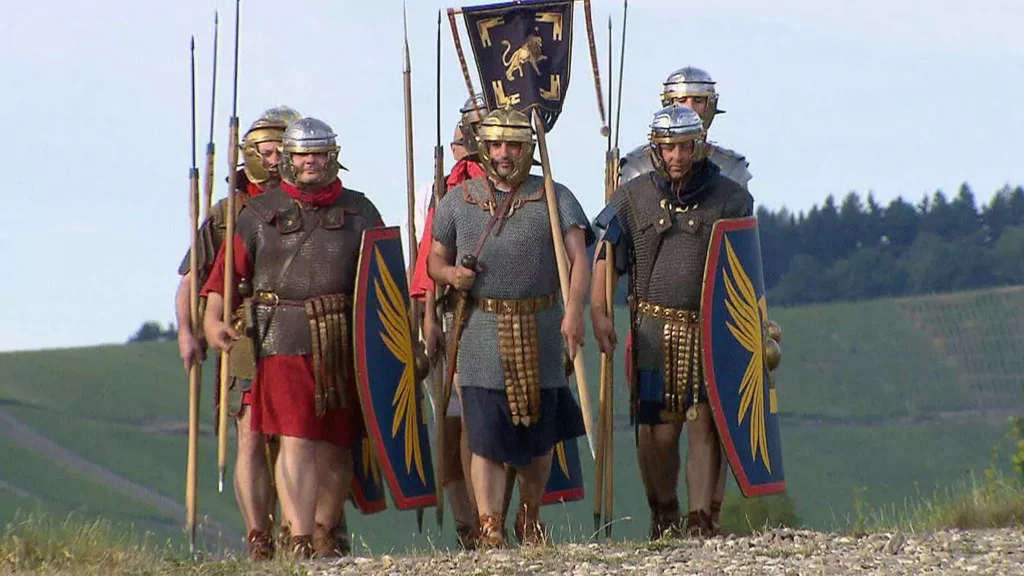
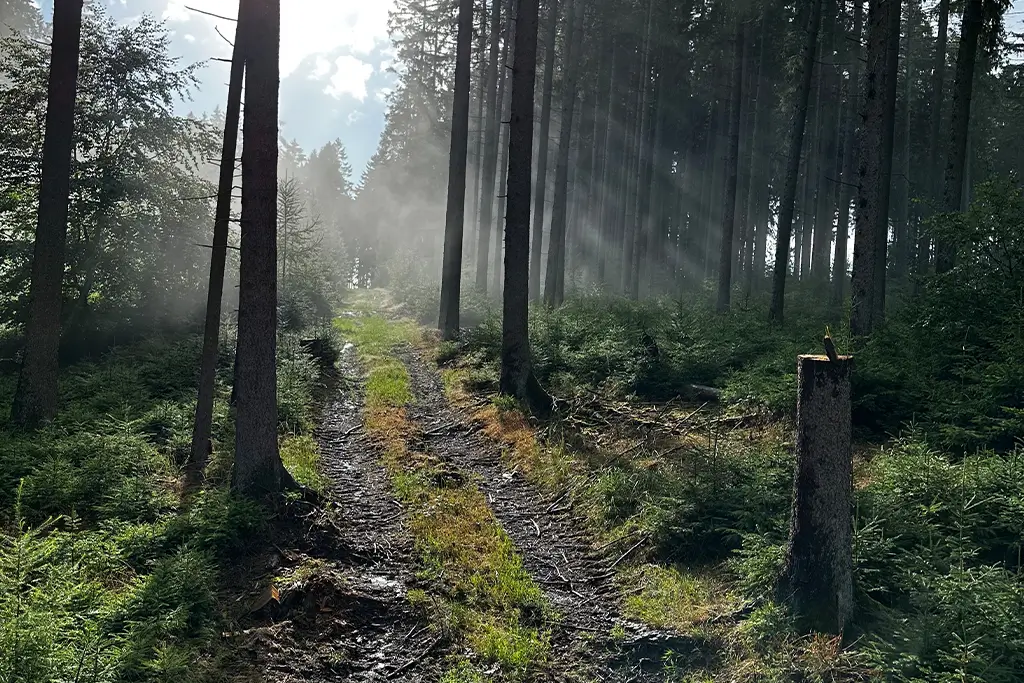
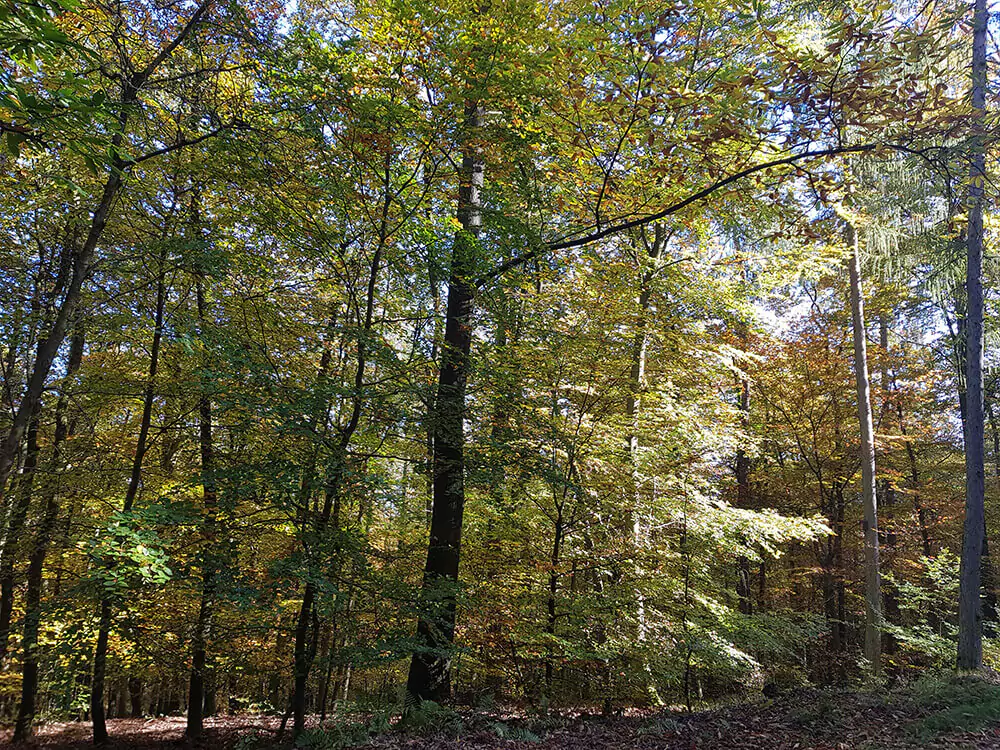
Archäologische Funde in und um Wintrich
Jahresberichte Rheinisches Landesmuseum Trier
Im Gemeindewald von Wintrich, im Distrikt Krinkelt, wurde eine Gruppe von 12 sehr verschliffenen Grabhügeln festgestellt.
Im Distrikt Moosbruch, etwa 800 m nördlich der Ausoniusstraße, liegt ein großer Grabhügel von 18 m Durchmesser und 1,50 m Höhe. Ein zweiter wird ganz in der Nähe vermutet.
Im Distrikt Spießbaum, etwa 320 m von der Fundstelle Moosbruch, liegen zwei stattliche Hügel.
1934 – mehrere Grabhügel nördlich von Richterborn.
Am Weg Staudemühle – Kasholz liegen dicht beieinander drei Siedlungsstellen. Hier wurden Bleiglanzstücke aufgefunden.
An der Römerstraße, unweit des Hofgutes Kasholz, wurde römisches Mauerwerk gefunden.
Am Südeingang des Ortes wurden bei Ausschachtungsarbeiten Reste einer Ansiedlung festgestellt. Die gleiche Stelle wurde später offenbar als Grabstätte benutzt. Wohl von derselben Stelle stammen zwei Skelettgräber, die 1841 “an dem Fuße des Berghanges am Weg von Wintrich nach Geierslay nahe dem Dorf“ gefunden wurden. Von den reichen Beigaben, die nicht getrennt gehalten wurden, seien zwei Bronzehenkel, die verziert sind, besonders erwähnt, ebenso ein spätrömischer Sigillatkrug mit eingekniffener Schnauze. Zwei als Grabeinfassung verwendete Ziegelplatten tragen den Stempel CRESCENT und SVPETIVS (CIL XIII 12741 und 13017)
„Am Kanngießerkopf“ im Staatsforst ausgedehnte Baureste. Ein Raum von 2,50 zu 2,50 m mit umlaufender Mauer ist erkennbar, Baureste und Ziegel umherliegend weisen auf eine römerzeitliche Siedlungsstelle.
Im Walde bei Rockend wurden beim Roden südlich der 1956 aufgedeckten Mauern, die vielleicht von einem Tempel stammen, an zwei Stellen mächtige Steinschutthaufen festgestellt. Vor der geplanten Untersuchung wurden sie leider eingeebnet. Art und Datierung des Fundes bleibt daher unsicher.
In der Flur „Kollert“ wurden 1977 außer Schiefersteinen eine Schüssel und Scherben der mittleren Kaiserzeit herausgepflügt.
Im Acker „Ober dem Kollerter Weg“ wurden 1976 beim Pflügen römische Ziegel gefunden.
In der Flur „Ober Strütchen“ wurden 1976 beim Pflügen römische Ziegel und römische Scherben gefunden.
1976 wurden bei Kanalisationsarbeiten an der Kreuzung der Hauptstraße (heute Moselweinstraße) mit der Mosel- und der Bergstraße in 4 m Tiefe römische Ziegelreste gefunden.
Bei Bauarbeiten für das Pfarrzentrum nördlich und nordöstlich der Kirche wurden außer einer mittelalterlichen Mauer auch der Estrich eines römischen Baus festgestellt.
Das kurtrierische Kreuz
Albus (Weißpfennig). 3-Albus-Stücke wurden in Kurtrier letztmals 1793 geprägt, ein Jahr bevor die Franzosen kamen.
(Die Original-Münze war bis zu seinem Tod im Besitz von Arnold Kilburg)
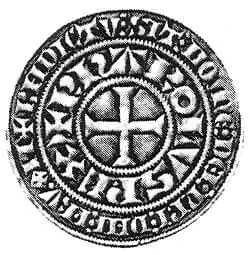
Bronzene henkel
Die beiden in den römischen Gräbern „an dem Fuße des Berghanges am Weg von Wintrich nach Geierslay“ 1841 gefundenen bronzenen Henkel sind von ziemlich guter Arbeit und in Form und Erfindung angemessen und gefällig.
Die Verzierungen sind, wie der Henkel seiner Bestimmung nach, in drei Teile gegliedert:
- den Ansatz an dem Rande des Gefäßes
- die bauchige Handhabe
- die Spitze, womit er an dem Bauch des Gefäßes befestigt war
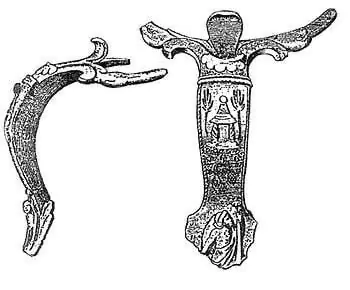
Der obere Teil besteht aus zwei Vogelköpfen, die sich an den Hals der Urne anschlossen, und einer kleinen freistehenden Krümmung. Die beiden Vogelköpfe scheinen, wie der vollständig erhaltene Vogelkopf mit der deutlichen Zeichnung des Auges und Schnabels zeigt, Köpfe von Gänsen zu sein. Der Vorsprung diente dazu, den Daumen des Schenken zu halten um das Vergießen der Flüssigkeit zu verhüten. Durch eine blattförmige Verzierung wird dieser obere Teil abgeschlossen und der Übergang zu der Handhabe durch eine doppelte Erhebung mit Kränzen, welche sich einfach auch in der Länge fortsetzt, vermittelt.
Wir erblicken darauf ein sonderbares Gebäude; über dem Boden auf zwei seitwärts geriffelten, kurzen wulstigen Säulen sich erhebend, deren Basen erkenntlich, deren Capitelle aber nicht wahrzunehmen sind und vielleicht unter dem Dache sich verbergen. Dieses ist rund und hat die Form eines Schirmes, worüber eine mit Blumen verzierte Pyramide eine Kugel trägt. Zu beiden Seiten steht schwach angedeutet ein Baum, vielleicht ein Cypresse; darunter sind ebenfalls schwach angegebene Blumen und eine Cypresse nebst einem Pinienapfel. An dem unteren Ende befindet sich etwas verstümmelt in Relief eine halbnackte Figur mit Kopfbedeckung und einem Stab in der Linken, wohl ein Thyrsus, die Stellung und vornehmlich durch den Wurf des Gewandes, wird dies als bachisch bezeichnet. Es ließe sich demnach zweifeln, ob das Gebäude für einen Tempel oder ein Grabmal zu erklären sei, indessen macht das Beiwerk letztere Deutung wahrscheinlicher.
Ferner fand sich noch anderes bronzenes Gerät: zwei kleine Henkel, eine kleinere Schale und eine größere sehr beschädigte, der Rest eines Schlosses. Daneben lag ein Stück einer Flasche.
Zwei als Grabeinfassung verwendete Ziegelplatten tragen den Stempel CRESCENT und SVPETIVS (CIL XIII 12741 und 13017)
- Geschichte, Kultur
